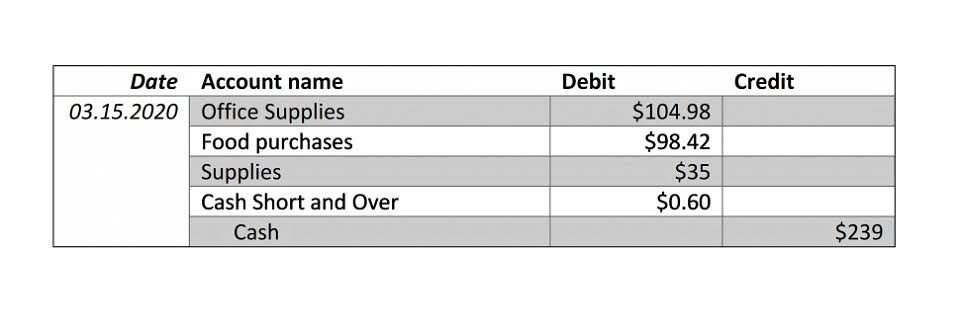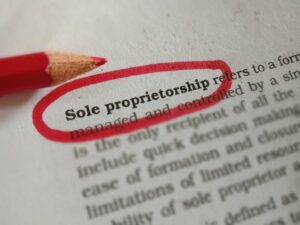
We may earn a commission when you click on a link or make a purchase through the links on our site. All of our content is based on objective analysis, and the opinions are our own. This can contra asset account result in abnormal losses as well and unexpected expenses being incurred.

Predetermined Overhead Rate Formula
Its production department comes up with the details of how much the overheads will be and what other costs will be incurred. It’s also important to note that budgeted figures in calculating overhead rates are used due to seasonal fluctuation/expected changes in the external environment. Based on the above information, we must calculate the predetermined overhead rate for both companies to determine which company has more chance of winning the auction. A large organization uses multiple predetermined overhead recovery rates to allocate its expenses to the cost centers. However, small organizations with small budgets cannot afford to have multiple predetermined overhead allocation mechanisms since it requires experts to determine the same.
Limitations of the POHR formula
- The formula for a predetermined overhead rate is expressed as a ratio of the estimated amount of manufacturing overhead to be incurred in a period to the estimated activity base for the period.
- This complexity is driven by different factors, including but not limited to common activity for multi-products and a greater number of supportive activities for the production.
- One of the advantages of predetermined overhead rate is that it can help businesses monitor overhead rate.
- Using the predetermined overhead rate formula and calculation provides businesses with a percentage they can monitor on a quarterly, monthly, or even weekly basis.
- For example, the costs of heating and cooling a factory in Illinois will be highest in the winter and summer months and lowest in the spring and fall.
- As the production head wants to calculate the predetermined overhead rate, all the direct costs will be ignored, whether direct cost (labor or material).
If you’d like to learn more about calculating rates, check out our in-depth interview with Madison Boehm. For the past 52 years, Harold Averkamp (CPA, MBA) hasworked as an accounting supervisor, manager, consultant, university instructor, and innovator in teaching accounting online. For the past 52 years, Harold Averkamp (CPA, MBA) has worked as an accounting supervisor, manager, consultant, university instructor, and innovator in teaching accounting online. Shaun Conrad is a Certified Public Accountant and CPA exam expert with a passion for teaching. After almost a decade of experience in public accounting, he created MyAccountingCourse.com to help people learn accounting & finance, pass the CPA exam, and start their career.
Problems with Predetermined Overhead Rates
For example, the costs of heating and cooling a factory in Illinois will be highest in the winter and summer months and lowest in the spring and fall. If the overhead rate is recomputed at the end of each month or each quarter based on actual costs and activity, the overhead rate would go up in the winter and summer and down in the spring and fall. As a result, two identical jobs, one completed in the winter and one completed in the spring, would be assigned different manufacturing overhead costs.
Sales and production decisions based on this rate could be faulty

The example shown above is known as the single predetermined overhead rate or plant-wide overhead rate. Different businesses have different ways of costing; some would use the single rate, others the multiple rates, while the rest may make use of activity-based costing. The company, having calculated its overhead costs as $20 per labor hour, now has a baseline cost-per-hour figure that it can use to appropriately charge its customers for labor and earn a profit. That is, the company is now aware that a 5-hour job, for instance, will have an estimated overhead cost of $100. A predetermined overhead rate is an allocation rate given for indirect manufacturing costs that are involved in the production of a product (or several products). Traditionally, overheads have been absorbed in the product cost based on a single basis of apportionment.
- That is, the company is now aware that a 5-hour job, for instance, will have an estimated overhead cost of $100.
- The predetermined overhead rate formula can be used to balance expenses with production costs and sales.
- It would involve calculating a known cost (like Labor cost) and then applying an overhead rate (which was predetermined) to this to project an unknown cost (which is the overhead amount).
- These overhead costs involve the manufacturing of a product such as facility utilities, facility maintenance, equipment, supplies, and labor costs.
Company X and Company Y are competing to acquire a massive order as that Bookstime will make them much recognized in the market, and also, the project is lucrative for both of them. After going to its terms and conditions of the bidding, it stated the bid would be based on the overhead rate percentage. Therefore, the one with the lower shall be awarded the auction winner since this project would involve more overheads. Small companies typically use activity-based costing, while large organizations will have departments that compute their own rates.
- Further, the use of sophisticated techniques like the ABC costing system helps enhance the overall accuracy of the costing, quotation, and pricing.
- In addition to this, project planning can also be done with the use of an overhead rate.
- However, its main drawback is that it is historical in nature; it can only be ascertained after the overhead costs have been incurred and measured.
- If the overhead rate is recomputed at the end of each month or each quarter based on actual costs and activity, the overhead rate would go up in the winter and summer and down in the spring and fall.
- It’s a simple step where budgeted/estimated cost is divided with the level of activity calculated in the third stage.
- For instance, if the activity base is machine hours, you calculate predetermined overhead rate by dividing the overhead costs by the estimated number of machine hours.
Setting pricing

This means that for every dollar of direct labor cost a production process uses, it predetermined overhead rate will use $1.50 of overhead costs. A predetermined overhead rate is an allocation rate that is used to apply the estimated cost of manufacturing overhead to cost objects for a specific reporting period. This rate is frequently used to assist in closing the books more quickly, since it avoids the compilation of actual manufacturing overhead costs as part of the period-end closing process. However, the difference between the actual and estimated amounts of overhead must be reconciled at least at the end of each fiscal year. Suppose that X limited produces a product X and uses labor hours to assign the manufacturing overhead cost.


The predetermined rate usually be calculated at the beginning of the accounting period by relying on the management experience and prior year data. Cost accountants want to be able to estimate and allocate overhead costs like rent, utilities, and property taxes to the production processes that use these expenses indirectly. Since they can’t just arbitrarily calculate these costs, they must use a rate.